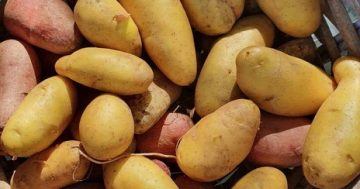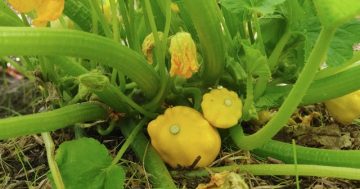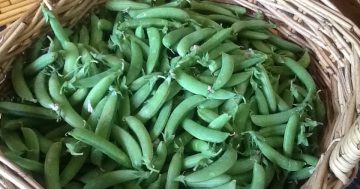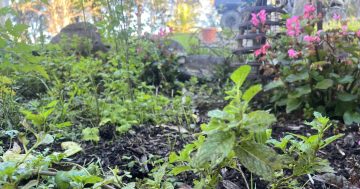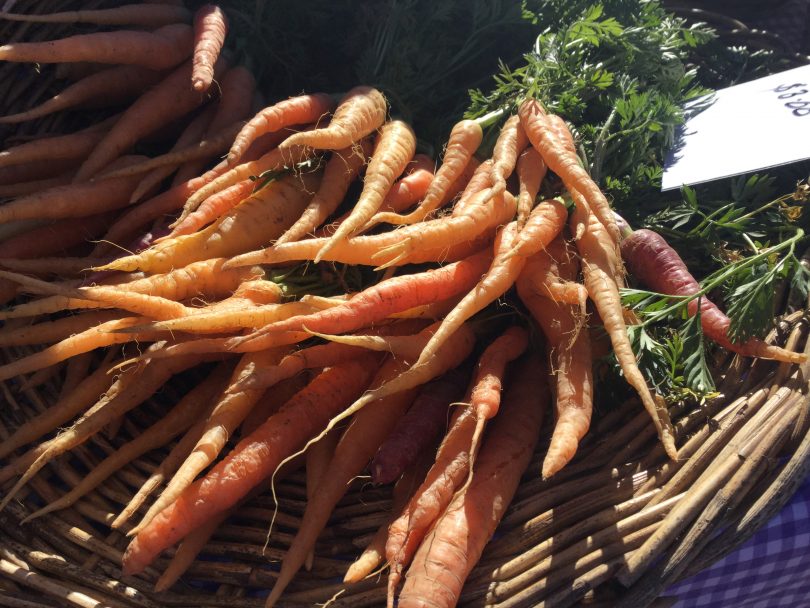
Garden fresh carrots should always be grown from seed. Photo: Supplied.
Mid-autumn and the weather is cooling. La Niña is persisting and will continue to influence our climate into late Autumn.
Soil temperatures, however, are still quite warm so you can continue to plant the vegetables that will keep you going over winter.
Carrot, parsnip, turnip and swede seeds can all be planted now, directly where you mean to grow them.
Carrots and parsnips have a reputation for being difficult to grow which is somewhat unfair to these lovely vegetables.
So a few simple tips.
First, all root vegetables except for beetroot must be grown from seed.
Many nursery outlets sell carrot and parsnip seedlings. This is a waste of money as carrots, parsnips, turnips and swedes do not transplant well. These vegetables all have a very long taproot and if this is damaged in any way growth will be affected.
Next, make sure the seed you use is not out of date. Old seeds can result in very poor germination. This is true for all seeds you plant but especially for carrots and parsnip.
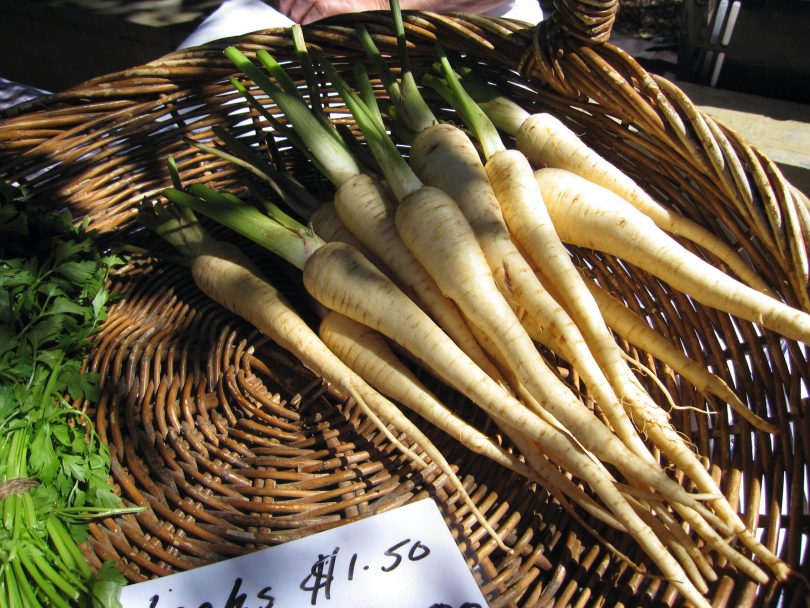
Parsnips can be sown at a shallow depth like other root vegetables. Photo: Supplied.
None of these root vegetable seeds needs to be deeply planted – a shallow trench about 0.5 cm deep is sufficient. Sprinkle soil over the seed and press lightly.
It is also essential to keep the planted seed moist until germination. This means seeds need to be watered every day when it is not raining.
Germination can be pretty slow. Turnips seed will be the first to germinate taking up to 10 days. Carrots can take up to 21 days and parsnips can take up to 28 days.
With these long germination times we may think our planting has failed. Be patient.
Also do not try and space these seeds out when planting. Except for parsnips they are all very tiny and fiddly.
We prefer to sow the seed thickly and thin out as the vegetables develop. This gives you an opportunity to eat fingerling or baby vegetables as well.
Another thing to remember about these root crops is that the first embryonic leaf that appears does not look like carrot leaves or parsnip leaves. It can take another seven days or more for the true leaves to appear. Do not be fooled into thinking you have germinated weeds instead of carrots.
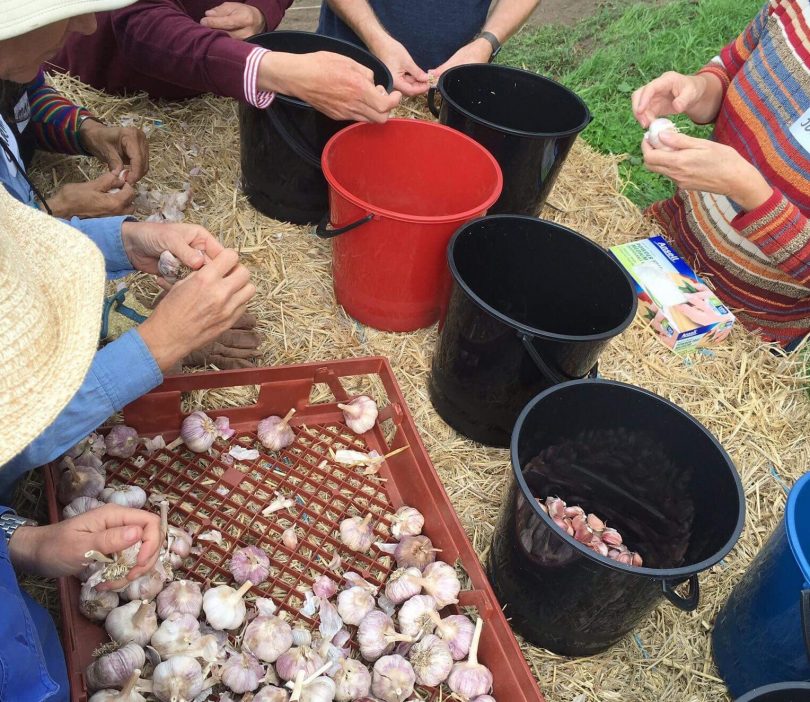
Sorting garlic cloves for planting. Photo: Supplied.
Autumn is also known as Turban garlic planting time. The Turbans, such as our own Monaro Purple and others such as Tasmanian Purple, Flinders Island Purple, Ontos Purple, Glamour and White Crookneck are all early-season garlic varieties. This means they are planted in late March and in April.
The White Crookneck is an interesting variety because it is not a purple garlic. The outer skin is white and the cloves can have a soft pink blush.
Do not break up bulbs until you are ready to plant. Soaking the cloves for a short time in compost or seaweed tea before planting can be helpful.
Using an average spacing of 10 to 20 cm between cloves, growing around 50 plants in a square metre is possible. Ensure not to plant any damaged cloves as they are prone to soil-borne diseases.
Turban garlics have a lovely “bright” garlic flavour with a bit of heat; they are well worth planting.
Autumn continues to be a great time to plant any member of the Brassica family, which also includes many Asian green vegetables.
One of the great advantages of planting the brassica family at this time of year and through winter is that a natural enemy – the Cabbage White Butterfly – does not like these seasons and is rarely present in the garden.
It is also time to plant broad beans for those who are enthusiasts. Yes, they are in the ground for a long time and you won’t get to harvest until spring; however they are worth the wait.
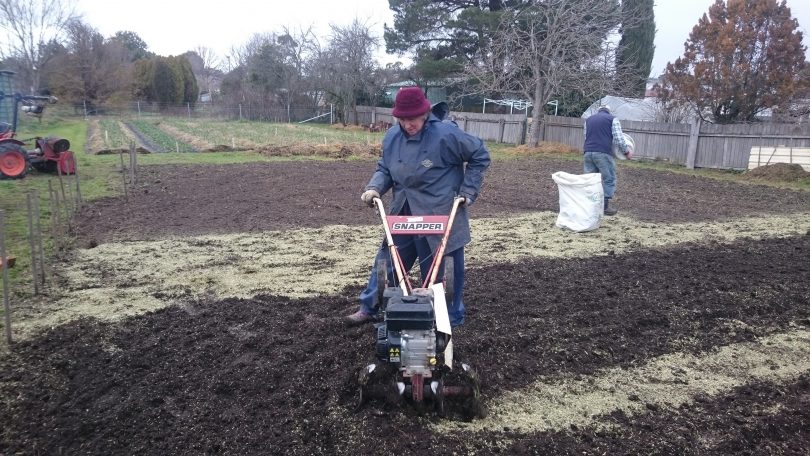
Cultivating a good tilth enables root crops to grow straight. Photo: Supplied.
Also a quick word about onions and peas: most cool temperate planting guides indicate they can be planted in Autumn but this is not the case in very cool climates.
The extended frost season across cold climate regions impacts autumn-planted onions and peas. The heavy winter frosts we experience often followed by a warm spring result in poor bulb formation in autumn-planted onions.
Mid to late winter is the earliest that plantings can take place. In cold climates onions can be planted from mid-winter through to late Summer.
While shelling peas are generally considered a cool-season crop, the flower of the pea plant is affected by frost. A flower that is killed by frost will not produce fruit.
Generally speaking a fully grown pea pod takes 18 to 21 days to develop after flowering. Snow & snap peas develop about eight to 12 days after flowering. Most varieties of peas will take eight to 10 weeks to mature. Timing however is very dependent on temperatures during the growing period.
Bronwyn Richards and Helen Lynch run Wynlen House Artisan Village Farm and Learning Centre, a small village organic market garden in Braidwood, NSW. Since 2006 they have grown and sold fresh vegetables, eggs, preserves and garlic and teach others to do the same.
Original Article published by Helen Lynch on Riotact.









